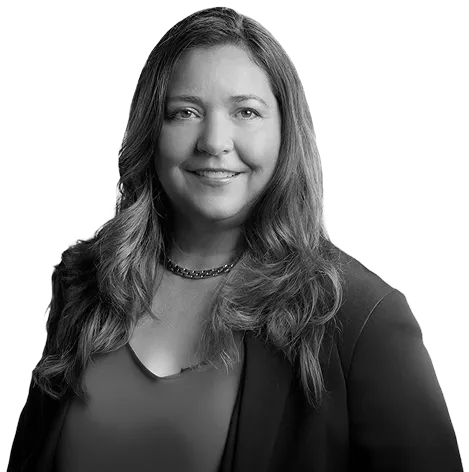The former Google exec and founder of the AI-focused Gradient Ventures is now building Ceramic, a startup rethinking the infrastructure that will power the next generation of AI.
As the founder and CEO of Ceramic, Patterson is tackling one of the messiest technical problems in AI: the infrastructure that powers training, fine-tuning, and inference.
To learn more, Patterson spoke to Riviera to share her insights into building a modern AI infrastructure stack, why she came back to a founder role after stints at Google and as a VC, and why she thinks the AI game still hasn’t really begun. This conversation has been condensed and edited for clarity.
What does Ceramic do, and how is that different from how things are typically done today?
A lot of people now know about models through huge names like OpenAI or Anthropic. But underneath those tools, there’s an entire lifecycle for creating, finishing, and serving the model. What Ceramic does is make the infrastructure around building and serving models efficient and easy.
Right now, most companies rely on open source stacks. They’re incredibly flexible, but also incredibly complex. I joke that it’s like a minivan with 11 cup holders. It can fit everything, but if you want it to go fast, that’s not what it’s optimized for. We built something with fewer cup holders but way more performance.
What’s the bet you’re making with Ceramic?
I’m an infrastructure person. And I saw this gap in the market between what AI researchers were using for testing and research and what it actually takes to train a model across thousands of GPUs.
I think a lot of people are still stuck thinking about training. But inference is becoming the bigger cost center. This led us to expand how we think about the whole journey, and how to train models to make them faster at inference. We allow you to seamlessly train, refine, and then do inference inside one framework.
You’ve been a VC, an operator, and a founder. How did your time in venture shape your approach to starting Ceramic?
I’d seen so many pitches that I figured writing one would be second nature. But it’s different when it’s your story. Just like reading a lot of books doesn’t mean you can write one. One thing I did take away, though, is that you should work on the pitch way before you start fundraising. If you are writing a pitch to fundraise, it creates so much extra tension. I also try to evolve the pitch continuously based on how people respond, what they remember, what they care about.
How has your pitch evolved?
At first, it was very technical. I was focused on explaining the research, the architectural decisions, and the system design rather than getting them to believe in the company. Now we frame things around use cases like staleness, hallucination, or lack of enterprise context. We start by asking, “What are your frustrations about using large language models?”
Who’s feeling those frustrations?
About half of the interest we’ve had so far has come from financial services. They need models that hallucinate less and understand basic math better. Ninety percent accuracy at addition or subtraction isn’t acceptable when you’re dealing with money!
You once said that if AI adoption were a baseball game, we’d still be singing the national anthem. What will the world look like when we get to the fourth inning?
Right now, people mostly use tools like ChatGPT or Claude as if they were search engines. But they’re capable of more. We’ll start to see more multi-step processes that are handled by agents.
One underappreciated capability is reading. These models can read 256 times faster than they write. That makes them amazing at synthesizing information, so you’ll start to see new applications that depend on deep reading, and then it might do more searches on its own and read again. A lot of creativity will come from that.
After working at Google and being a VC, what drew you back to being a founder again?
In 2023, I was diagnosed with breast cancer. I was home a lot and started writing about large language models and how the next programming language is English. I had a great time writing and researching them, and I started getting back to wanting to be an operator.
And honestly, it’s just really fun. There’s something raw and honest about building something that people want and use. And there’s this kind of whimsy that you forget about at big companies. It’s been amazing getting to work one on one with our very talented interns! That’s something I wouldn’t have had the opportunity to do at Google, as we would have been in different areas. That’s a start up for you. I love it.
What’s it been like going from leading huge teams to being hands-on again?
I get to be an individual contributor again. I’ve got a month of coding ahead of me. I’d actually forgotten how much I enjoy it.
But I also realized I can’t code and talk to people on the same day. I was coding, and then had lunch with a friend right after. I was a space cadet for like 15 minutes into lunch because I figured something out mid-conversation. So now I joke that I have code days and I have human days.
What gets you out of bed in the morning, and what keeps you up at night?
What gets me up is seeing people use what we’ve built and hearing that it actually helps. A huge joy that I wasn’t expecting as a technologist is how much energy I get from other people.
What keeps me up is just making sure we’re focusing on the right problems. Not just cool research, but the real issues our customers are facing. We’ll probably redo the website soon to reflect that shift so that it’s less about what the tech can do and more about what it solves.

